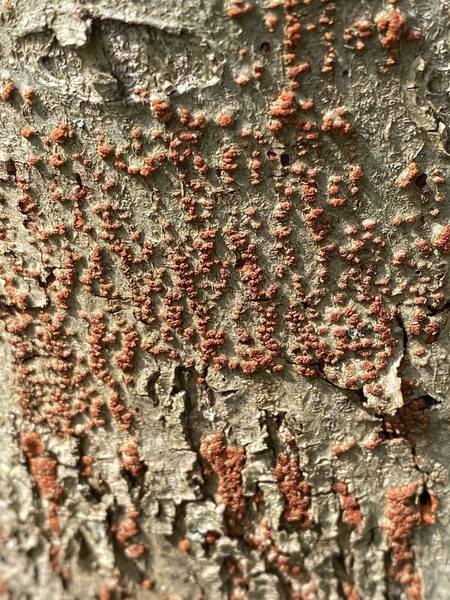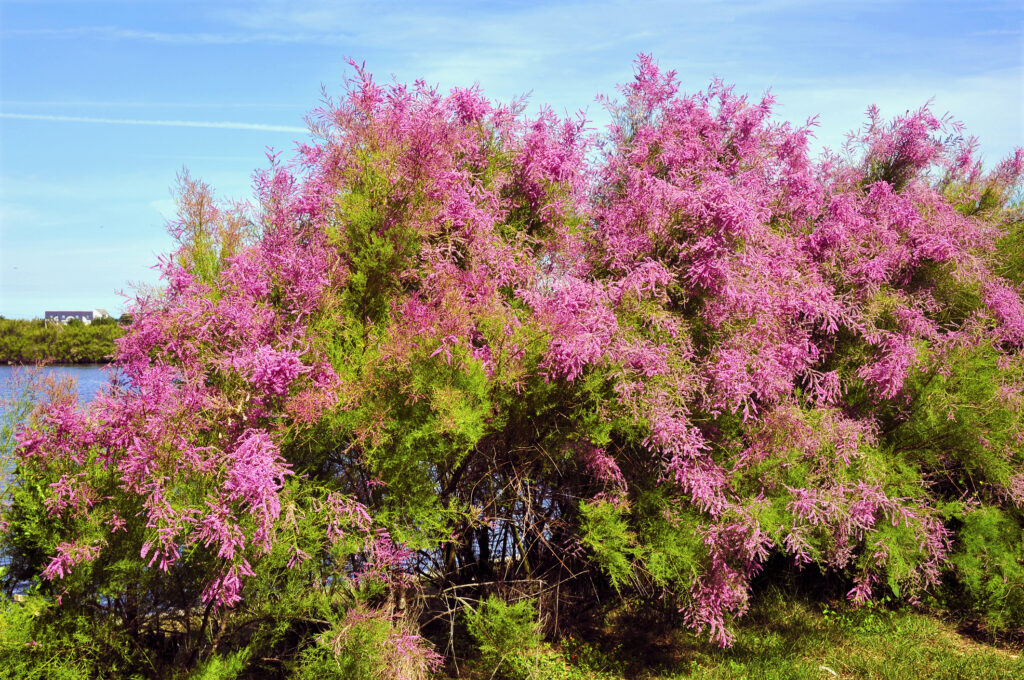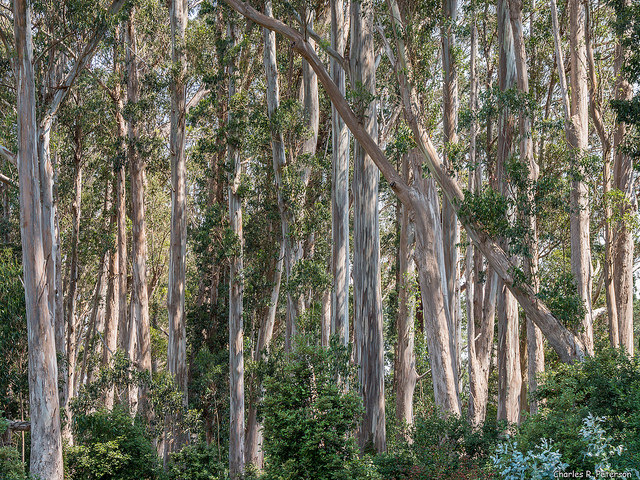Native vs. Invasive Tree Species
Introduction:
The ongoing conversation about native versus invasive species, especially trees, has sparked considerable interest among ecologists, environmentalists, and policymakers. Understanding the nuances of this debate is critical for conservation, land management, and ecological restoration efforts. Native tree species are those that have naturally evolved in a particular region over thousands of years, coexisting harmoniously with other native flora and fauna. On the other hand, invasive tree species are non-native species introduced to a new ecosystem, often causing ecological imbalances due to their aggressive growth, spread, and dominance. In this comprehensive exploration of native and invasive tree species, we will understand their ecological roles, impacts, benefits, and management strategies.
Definition of Native Tree Species
Native tree species are indigenous to a particular geographic area. They have evolved over long periods in specific ecosystems, forming intricate relationships with the local climate, soil, and other organisms, including plants, animals, fungi, and microorganisms. Native trees are often well-adapted to the environmental conditions of their habitat, making them resilient to local pests, diseases, and climatic variations.
Native species are integral to maintaining the ecological balance within their habitat. They support the local food web, offering food and shelter to various animal species. For instance, oak trees in North America support over 500 species of caterpillars, which in turn provide food for birds and other animals. These trees have also adapted to specific soil types, water availability, and seasonal changes in their native regions, allowing them to thrive without human intervention.
Definition of Invasive Tree Species
Invasive tree species are non-native trees introduced, intentionally or unintentionally, into a new environment where they outcompete native species, often leading to ecological disruptions. Invasive species tend to grow and spread rapidly due to their ability to exploit resources, reproduce quickly, and adapt to different environmental conditions. These trees often lack natural predators or controlling factors in their new habitats, allowing them to proliferate unchecked.
The introduction of invasive species can be accidental, such as seeds carried by wind or animals, or intentional, such as planting ornamental trees or using fast-growing species for timber or erosion control. While not all non-native species are invasive, the ones that become invasive can significantly alter the ecosystems they invade.
Ecological Impacts of Native Tree Species
Native tree species play a critical role in maintaining biodiversity and ecosystem health. Their long-term evolution in a specific area allows them to co-adapt with other native species, fostering symbiotic relationships that sustain the local food web. For example, native trees provide habitat and food sources for native birds, insects, and mammals. Pollinators, such as bees and butterflies, often rely on native trees for nectar and pollen. Native tree species also contribute to soil health by recycling nutrients and maintaining soil structure, which supports other plant life.
Furthermore, native trees are well-suited to local environmental conditions, such as temperature, precipitation, and soil type. This adaptation enables them to withstand the stresses of their specific ecosystems, including droughts, floods, and pest outbreaks. By stabilizing soil and regulating water cycles, native trees help prevent soil erosion and reduce the risk of landslides and flooding. The deep roots of many native trees also improve water infiltration, reducing runoff and promoting groundwater recharge.
In urban areas, native trees provide numerous ecosystem services, including improving air quality by sequestering carbon and filtering pollutants. Their shade helps reduce the urban heat island effect, lowering energy consumption for cooling buildings.
Ecological Impacts of Invasive Tree Species
In contrast, invasive tree species can cause significant harm to ecosystems by outcompeting native species for resources such as sunlight, water, and nutrients. They often grow more quickly than native species, allowing them to dominate landscapes and alter habitats. Invasive trees can reduce biodiversity by displacing native plants, which in turn affects the animals and insects that depend on them. For example, the introduction of the invasive tree species Ailanthus altissima (Tree of Heaven) in North America has led to the decline of native plant species, reducing the available habitat for native wildlife.
Invasive trees can also change the physical environment. Some invasive species, such as Tamarix (salt cedar), can alter soil chemistry by exuding salts through their leaves, making the soil inhospitable to native plants. Others, like Eucalyptus in some parts of the world, are highly flammable and increase the risk of wildfires, which can devastate native ecosystems.
Moreover, invasive trees often lack natural predators or diseases in their new environments, allowing them to grow unchecked. This absence of control mechanisms exacerbates their negative impact on ecosystems, as they can rapidly form monocultures, further reducing biodiversity. In some cases, invasive trees may alter hydrological cycles by consuming large amounts of water, depleting groundwater reserves, and reducing the availability of water for native species.
Economic Impacts of Invasive Tree Species
The economic costs of managing invasive tree species are substantial. Governments and private landowners often spend millions of dollars annually to control invasive species through methods such as mechanical removal, chemical treatments, and biological control. The presence of invasive trees can reduce land value and hinder agricultural productivity by displacing crops or grazing areas.
Invasive species can also cause damage to infrastructure. For example, the roots of certain invasive trees can penetrate and damage sewer lines, roads, and building foundations. Additionally, invasive species can increase the frequency and intensity of wildfires, leading to costly firefighting efforts and property damage.
Cultural and Aesthetic Considerations
Native trees are often deeply intertwined with the cultural heritage and identity of a region. Many indigenous cultures have long-standing relationships with specific native trees, using them for food, medicine, shelter, and spiritual practices. The loss of native species due to the spread of invasive trees can erode cultural traditions and knowledge.
In addition, native trees often contribute to the aesthetic value of landscapes. Their seasonal changes, such as the flowering of cherry blossoms or the vibrant autumn colors of maple trees, are integral to the visual and emotional experience of many regions. The dominance of invasive species can diminish this aesthetic diversity.
Benefits of Native Tree Species
- Biodiversity Support: Native trees provide essential habitats and food sources for native wildlife, including birds, mammals, insects, and pollinators.
- Ecosystem Services: Native trees contribute to ecosystem stability by regulating water cycles, improving soil health, and sequestering carbon.
- Climate Resilience: Native species are better adapted to local climate conditions and can help mitigate the effects of climate change by enhancing ecosystem resilience.
- Cultural Significance: Native trees are often integral to the cultural heritage and practices of indigenous communities.
Challenges Posed by Invasive Tree Species
- Ecological Disruption: Invasive trees outcompete native species, reducing biodiversity and altering habitats.
- Economic Costs: The control and management of invasive species require significant financial resources.
- Increased Fire Risk: Some invasive trees are highly flammable, increasing the risk of wildfires and endangering ecosystems and human communities.
- Water Resource Depletion: Invasive trees can consume large amounts of water, reducing the availability of water for native species and human use.
Management and Control of Invasive Tree Species
Effective management of invasive tree species requires a multifaceted approach. Strategies include:
- Prevention: Preventing the introduction of invasive species is the most cost-effective management strategy. This can be achieved through policies that regulate the importation of non-native plants, public education campaigns, and careful monitoring of ecosystems for early signs of invasion.
- Mechanical Control: Physical removal of invasive trees, such as cutting, girdling, or uprooting, is a common method of control. While labor-intensive, it can be effective when combined with other management techniques.
- Chemical Control: Herbicides are often used to control the spread of invasive species. However, chemical treatments must be applied carefully to avoid harming native plants and wildlife. The use of chemicals is often controversial due to potential environmental and health risks.
- Biological Control: Introducing natural predators, pathogens, or parasites that specifically target invasive species can help control their populations. This method requires careful research to ensure that the biological control agents do not become invasive themselves.
- Restoration: After invasive species have been removed, replanting native species is essential to restore ecosystem health. Restoration efforts can help prevent the re-invasion of invasive species by re-establishing native plant communities that are better adapted to the local environment.
Case Studies of Native vs. Invasive Tree Species
1. The American Chestnut vs. the Invasive Chestnut Blight
The American chestnut (Castanea dentata) was once a dominant tree species in the eastern United States, providing food and shelter for a wide range of wildlife. However, the introduction of the invasive chestnut blight fungus (Cryphonectria parasitica) from Asia led to the near-extinction of this native tree. The loss of the American chestnut had cascading effects on the ecosystem, reducing food availability for wildlife and altering forest composition.

2. Tamarix in the Southwestern United States
Tamarix, also known as salt cedar, is an invasive tree species introduced to the southwestern United States in the 19th century. It has spread rapidly along rivers and wetlands, outcompeting native trees such as cottonwoods and willows. Tamarix alters soil salinity and consumes large amounts of water, reducing water availability for native plants and animals. Efforts to control Tamarix have included mechanical removal, herbicide application, and the introduction of beetles that feed on the tree.

3. The Eucalyptus Dilemma in California
Eucalyptus trees, native to Australia, were introduced to California in the 19th century for timber production and as windbreaks. However, they quickly became invasive, spreading across the landscape and displacing native vegetation. Eucalyptus trees are highly flammable, increasing the risk of wildfires, and their leaves release chemicals that inhibit the growth of other plants. Despite their invasive status, eucalyptus trees are valued by some for their aesthetic appeal and shade, complicating management efforts.

Conclusion
The debate between native and invasive tree species is more than just a discussion of biodiversity; it touches on economic, cultural, and ecological dimensions. While native trees are indispensable for maintaining local ecosystems, invasive species pose significant challenges due to their ability to disrupt these environments. Effective management of invasive species, coupled with the protection and restoration of native tree species, is essential for preserving biodiversity and ensuring the health of ecosystems in the long term. By understanding the roles that different tree species play in their ecosystems, we can make informed decisions that promote sustainable and resilient landscapes.
2 thoughts on “Native vs. Invasive Tree Species”
I love your blog.. very nice colors & theme. Did you create this website yourself? Plz reply back as I’m looking to create my own blog and would like to know wheere u got this from. thanks
Yes i create it with my self and thank you